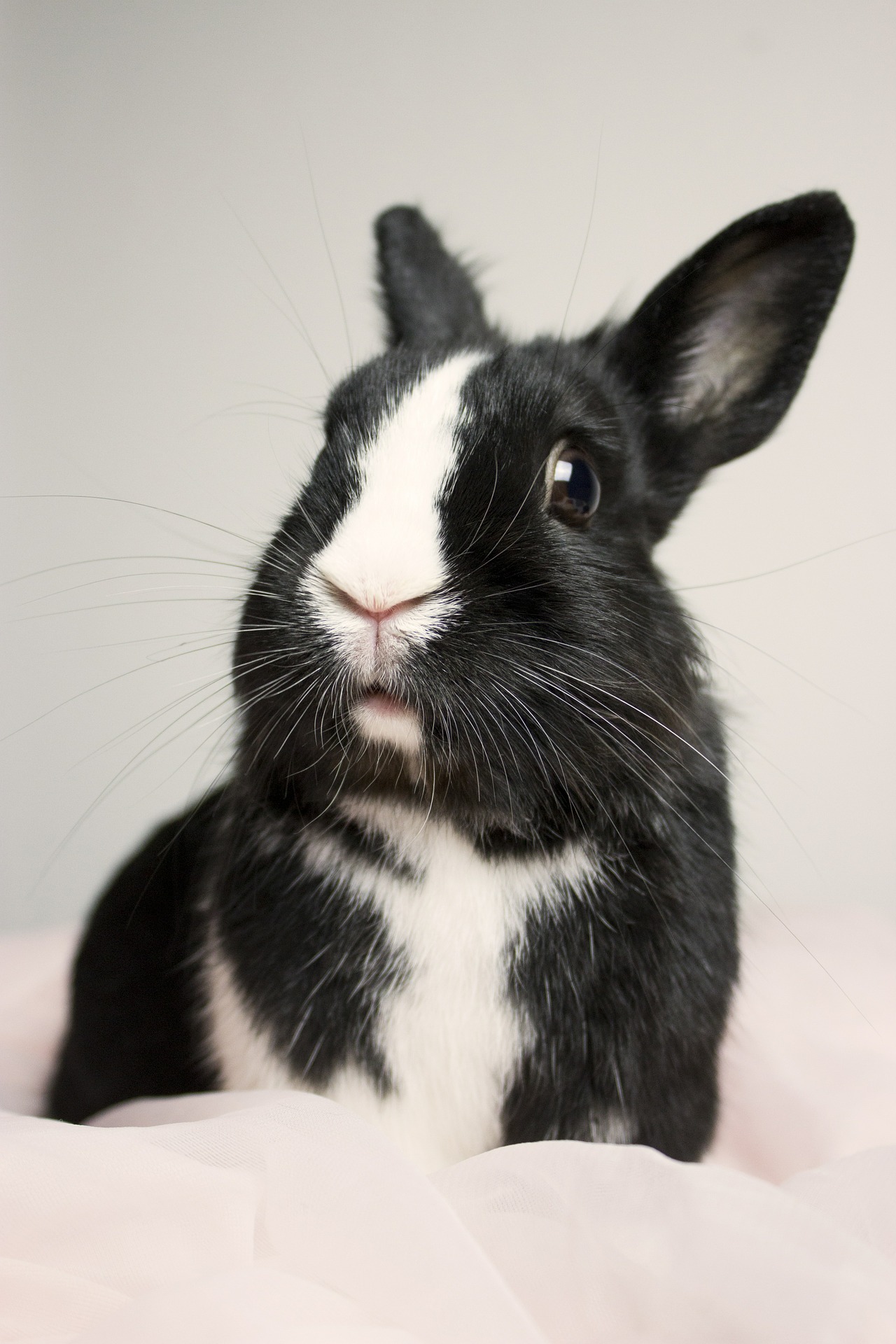Five Rabbits

Five rabbits is all it took, to create a plague that continues to be battled over 160 years later.
When colonists arrived, the desire to make their new home more like the old. Make use of what they had or could provide in their new surrounds. Listed inventory included 5 rabbits in 1788, The Acclimatisation societies in each colony were established to procure a wide range of animals for food, hunting, sport, and fur trade.
Lady Frankins’ Betsy Island, located at the mouth of the Derwent Tasmania. Introduced Silver hair rabbits in 1827 to hunt and for fur. Was assisted to turn this into an “acclimatisation” property. As up to that point, it had been infested with game of inferior sort. As noted in the 1865 Argus:
It was in short order, they were described as “abundant” Within a few years the Colony had to introduce a Bill to attempt to gain control. Not to be deterred by such issues, (and being mindful of the times) It was noted in The Argus (1862) that Mr Wilson had visited in Tasmania a few years back, was taken by the abundance of these very attractive rabbits.
Mr Edward Wilson was interested in testing their viability on the mainland. Well not only did they survive, they thrived. He released these silver greys at his Arundel farm and by 1865 they were so prolific and had caused so much damage, instead of being hunted, keepers were attempting to destroy them. One such description in the Victorian news of Barwon Park read:
In September 1865 Barwon Park, when the rabbit shooting for the season has terminated. The quantity of rabbits booked as killed is 11,137, at an estimated weight of a little over ten tons. Numbers, no doubt, have been killed and taken away of which no account has been kept, besides the numbers that die in their holes and the sedges by the river side after a battle. The English wild rabbit is now spreading over the country, the sandy rises covered with fern affording favourite burrows and shelter.”
- In 1879 a law was enacted in South Australia, as the rabbit invasion had decimated hundreds of square miles of land, rendering it perfectly barren. The methods were employed in other States, although there was no law enacted there.
- Bisulphide and carbon was used to smother warrens. Warrens were ploughed in by manual labour.
- 1880 the Victorian land dep reported exterminators employed had terminated over 1 million rabbits, but urged a more concerted effort required by the colony as a whole, or be in danger of never retrieving the land
- 1884 Tuberculosis seemed to be the answer which was spreading among rabbits without introduction. 5 Million skins were exported from Victoria alone with pleas to help eradicate the pest which seemed unstoppable.
- 1885 The Rabbit Destruction Act introduced and accepted with much furvour.
- Dr. Louis Pasteur’s name became widely known to Australians particularly, on account of the introduction of his microbes, contagious parasites for the wholesale destruction of tbe rabbit pest.
- Poison baits strychnine, lignin, water tank traps, torturous traps, rabbit proof fences around known warrens to starve them,
- 1891 It was suggested a rabbit fence was commenced at the Qld border through rivers and down the Barwon some 120 miles
The Impact of Unintended Consequences.


